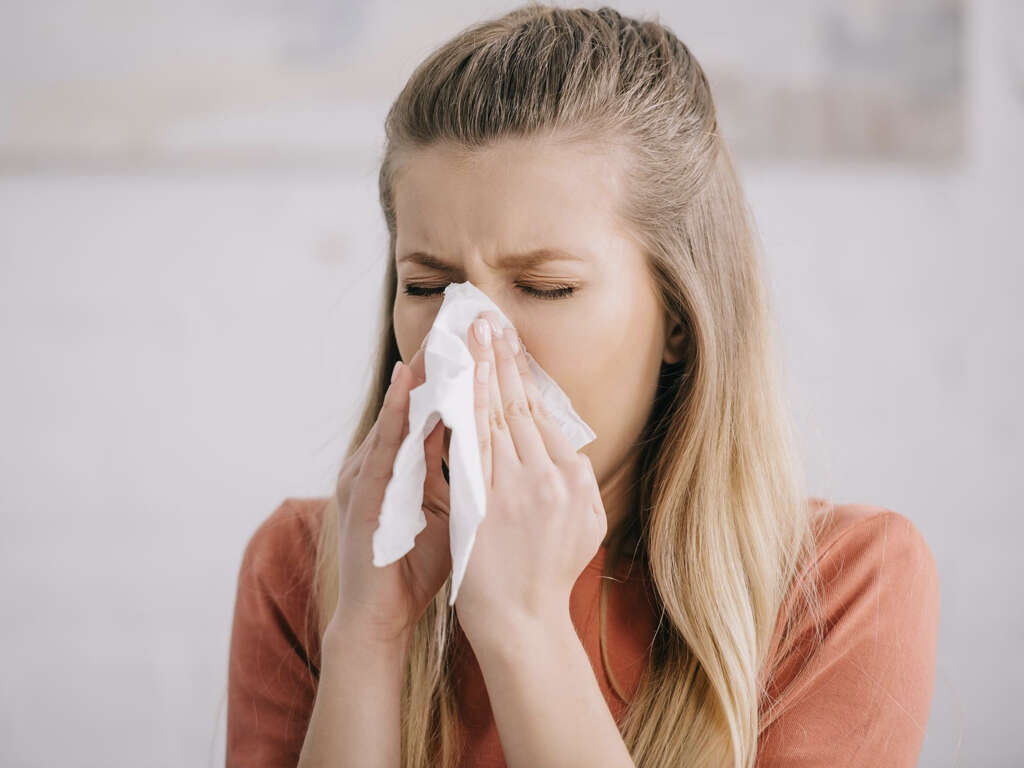10 Atypical Pneumonia Symptoms
 Article Sources
Article Sources
- 1. 'Atypical Pneumonia.' Centers for Disease Control and Prevention, 8 Apr. 2021, www.cdc.gov/pneumonia/atypical/index.html
- 2. 'Atypical Bacterial Pneumonia - StatPearls - NCBI Bookshelf.' National Center for Biotechnology Information, 15 Aug. 2020, www.ncbi.nlm.nih.gov/books/NBK532239/
- 3. Smith, Charlotte. '6-At-Home Remedies to Ease Your Sore Throat' Nov. 10, 2020. https://www.pennmedicine.org'updates/blogs/health-and-wellness/2018/february/sore-throat
- 4. 'Severe Atypical Pneumonia in Critically Ill Patients: a Retrospective Multicenter Study.' Annals of Intensive Care, 13 Aug. 2018, annalsofintensivecare.springeropen.com/articles/10.1186/s13613-018-0429-z
- 5. 'Pneumonia.' Advancing Heart, Lung, Blood, and Sleep Research & Innovation | NHLBI, NIH, www.nhlbi.nih.gov/health-topics/pneumonia
- 6. 'Atypical Pneumonia: MedlinePlus Medical Encyclopedia.' MedlinePlus - Health Information from the National Library of Medicine, medlineplus.gov/ency/article/000079.htm
Atypical pneumonia is an infection of the lungs. It's also known as walking pneumonia and is usually a mild form of pneumonia. This means people who have it can be up and about. Some cases require hospitalization.The source of the infection is also atypical, with mycoplasma pneumoniae, chlamydia pneumonia, legionella pneumophila and chlamydia psittaci the most common causes.1‘Atypical Pneumonia.’ Centers for Disease Control and Prevention, 8 Apr. 2021, www.cdc.gov/pneumonia/atypical/index.html
The symptoms of atypical pneumonia are similar to typical pneumonia but tend to be milder. In many instances, those afflicted recover with self-care measures that include rest and fluids. Also, a course of antibiotics to be taken at home is usually prescribed.
Persistent Cough
The cough associated with atypical pneumonia is persistent, often coming on in violent spasms. Usually, it's a dry cough, getting worse in the night air.2‘Atypical Bacterial Pneumonia - StatPearls - NCBI Bookshelf.’ National Center for Biotechnology Information, 15 Aug. 2020, www.ncbi.nlm.nih.gov/books/NBK532239/ Over time, it may become wet, with discolored phlegm being coughed up. Droplets from coughing are one of the primary ways the bacteria associated with atypical pneumonia are spread.
A nagging cough may strain the chest muscles, resulting in chest pain. Although the cough may be similar to that of a common cold, the distinguishing feature is its persistent nature, often lingering for several weeks.
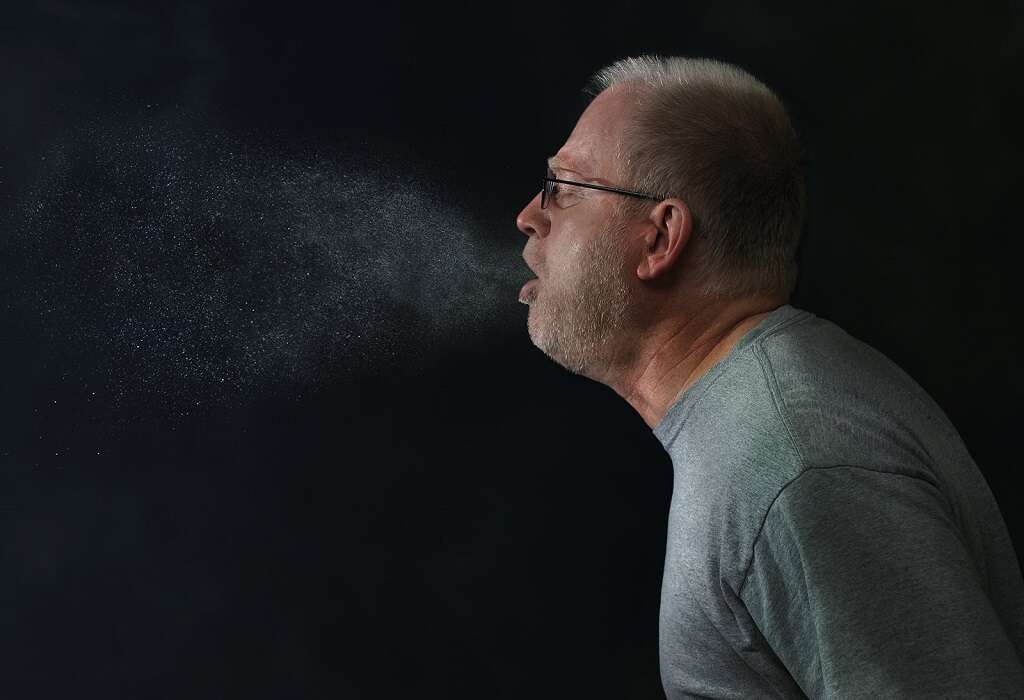
Sore Throat
Typically, a sore throat begins with a scratchy sensation or pain. It may worsen and cause difficulty when swallowing or talking. Although less common in atypical pneumonia, a sore throat may also be associated with sore or swollen glands in the neck or jaw and a hoarse or muffled voice.
While having no proven medical benefit, several home remedies may help relieve a sore throat. They include saltwater gargles, honey, lemon and tea.3Smith, Charlotte. ‘6-At-Home Remedies to Ease Your Sore Throat’ Nov. 10, 2020. https://www.pennmedicine.org’updates/blogs/health-and-wellness/2018/february/sore-throat

Persistent Headache
The headache that is commonly associated with atypical pneumonia is unrelenting and persistent. The pain is usually described as dull or pressing in nature. Its onset often coincides with associated fever, with both being early signs of atypical pneumonia. Acetaminophen, ibuprofen and other similar over-the-counter medicines may provide some relief, especially when taken at regular intervals.
Although uncommon, the headache associated with atypical pneumonia can persist for several weeks after the person has recovered.
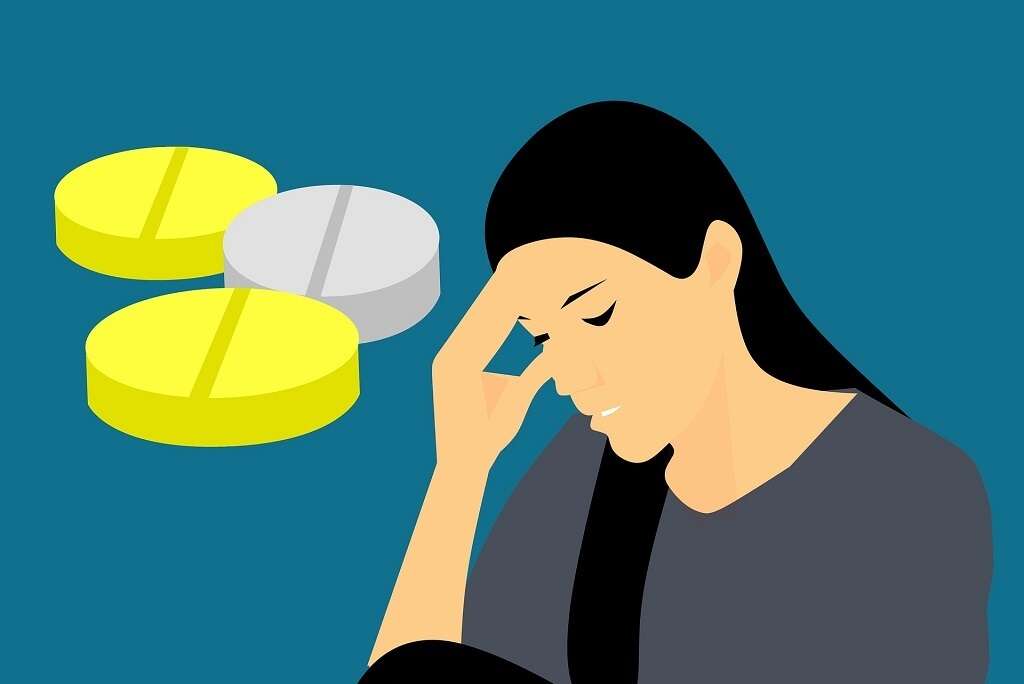
Weakness and Fatigue
Weakness and fatigue are the end products of the body's immune system attempting to fight infection. When the body detects an infection such as that in atypical pneumonia, a cascade of events amps up the immune system. Energy is needed to fuel the immune response, resulting in energy being diverted from other body functions.
As a result, it's important to avoid overexertion. However, even with rest, the fatigue can linger for several weeks after the infection resolves.

Shortness of Breath
When a person has atypical pneumonia, the air sacs or alveoli in the lungs fill with fluid. The alveoli are primarily responsible for the exchange of oxygen and carbon dioxide. When they fill with fluid, they're not working efficiently, resulting in shortness of breath.
Shortness of breath is less prominent in atypical pneumonia because it's a milder form of pneumonia most of the time. However, up to 16 percent of those with atypical pneumonia are admitted to ICU in acute respiratory distress.4‘Severe Atypical Pneumonia in Critically Ill Patients: a Retrospective Multicenter Study.’ Annals of Intensive Care, 13 Aug. 2018, annalsofintensivecare.springeropen.com/articles/10.1186/s13613-018-0429-z
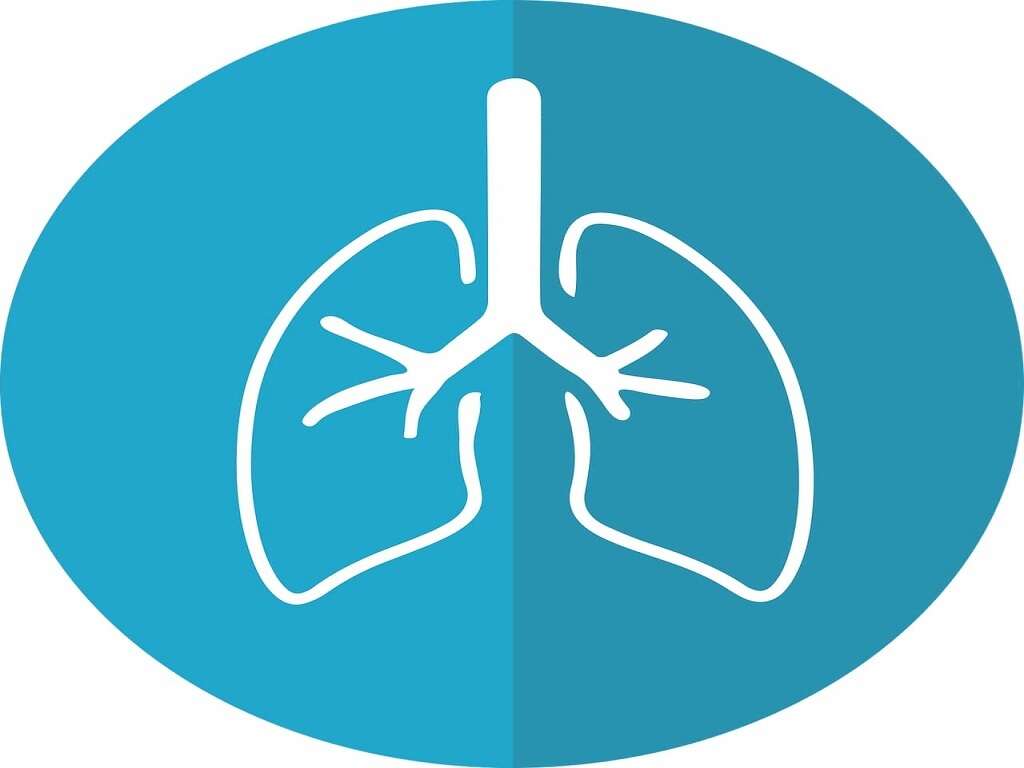
Fevers and Chills
A fever is the immune system's response to an infection. The fever associated with atypical pneumonia is usually mild. However, it could be either persistent or episodic, and it's not uncommon for the fever to be accompanied by mild chills. Fluctuation between fever and chills can cause excessive sweating and shaking.
Older adults and those with weakened immune systems or other serious illnesses may not present with a fever. They may instead have a lower-than-normal body temperature.5‘Pneumonia.’ Advancing Heart, Lung, Blood, and Sleep Research & Innovation | NHLBI, NIH, www.nhlbi.nih.gov/health-topics/pneumonia
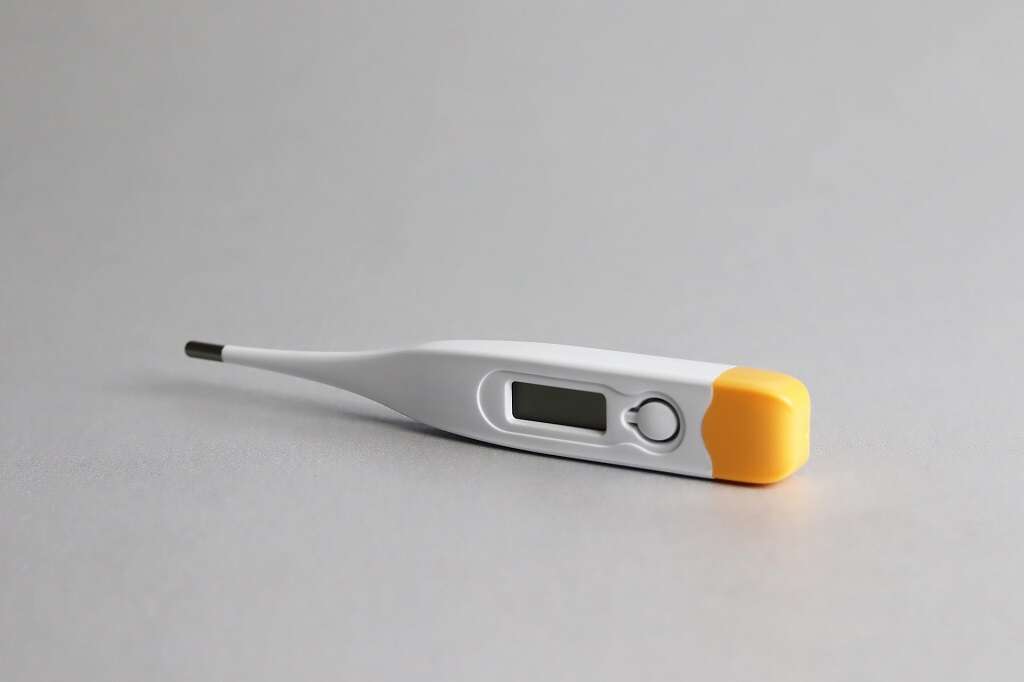
Chest Pain
Chest pain that is worse when breathing deeply or coughing is often associated with atypical pneumonia, although it's less common than other symptoms. The pain is often described as sharp or stabbing in nature.
One of the causes of the pain relates to the pleura, which is the two-layer membrane that lines the lungs. When someone has pneumonia, the pleura can become swollen and inflamed, causing a sharp or stabbing pain when the person breathes in.

Muscle Aches and Joint Pain
Although symptoms such as muscle aches and joint pain are synonymous with the flu, they are relatively common symptoms of atypical pneumonia. Often these symptoms are fever-induced.
One reason muscle aches and joint pains occur is that the system that controls the exchange of oxygen and carbon dioxide in the lungs is not working as efficiently as normal. This means that the muscles don't receive the supply of fresh oxygen they normally get, resulting in aches and pain.
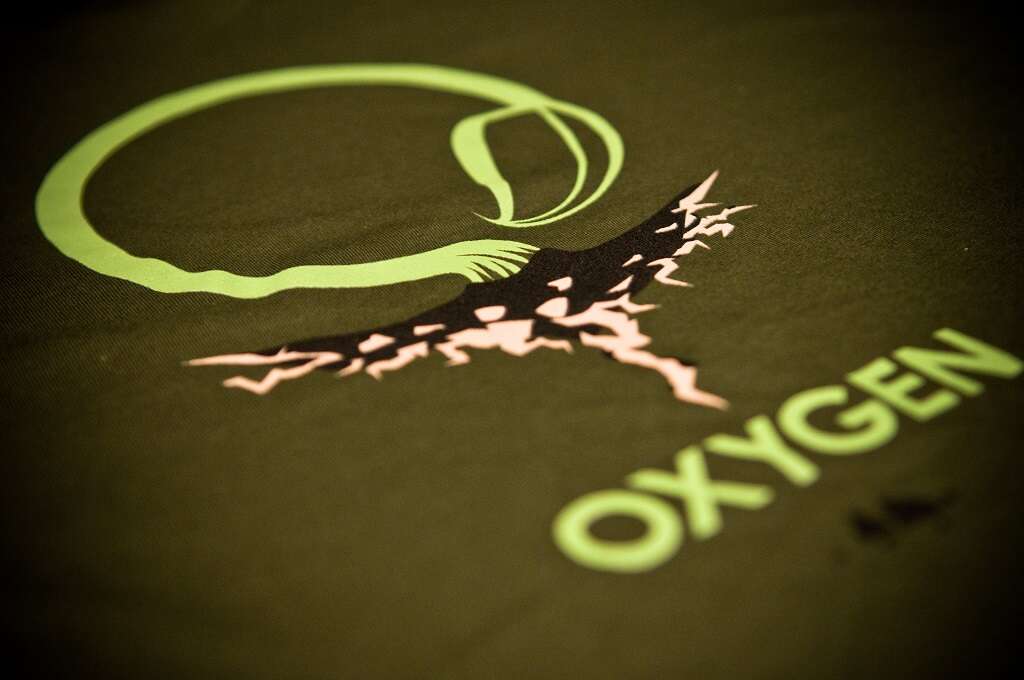
Loss of Appetite
Loss of appetite is not uncommon in atypical pneumonia. Unfortunately, a loss of appetite may exacerbate tiredness and fatigue as food provides the energy needed to mount the immune response.
One of the risks associated with a loss of appetite is that fluids are also neglected, resulting in dehydration. It's important to try and maintain a balanced diet, with soups and juice options if food isn't tolerated. This will help to repair the tissue damaged by atypical pneumonia during the recovery process.
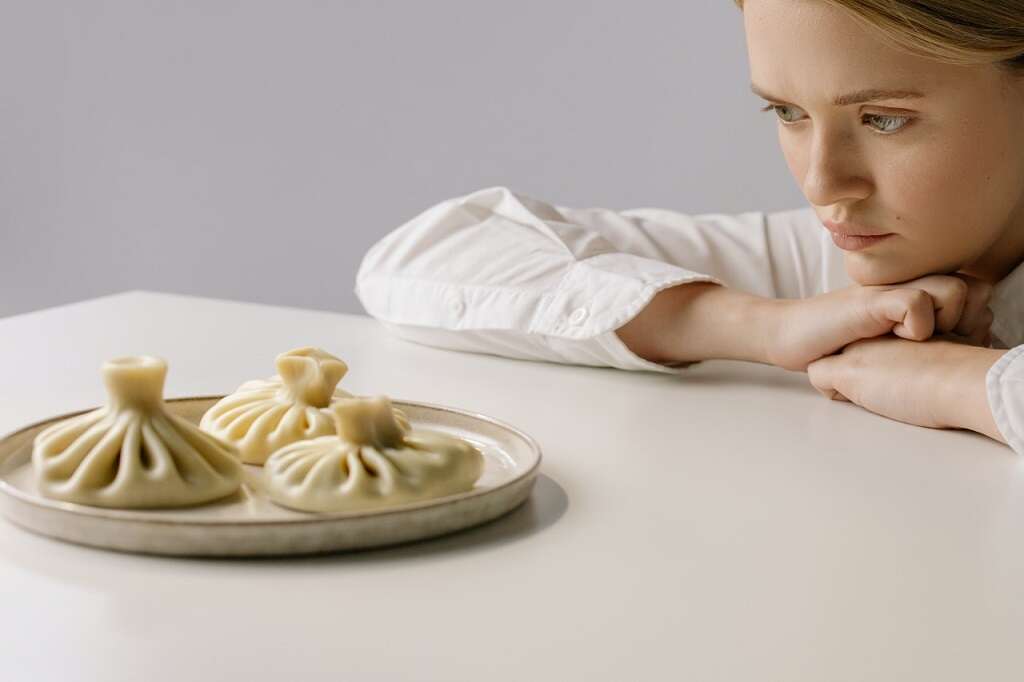
Confusion
Confusion or changes in mental awareness associated with atypical pneumonia is most common in older adults or those with legionella pneumonia.6‘Atypical Pneumonia: MedlinePlus Medical Encyclopedia.’ MedlinePlus - Health Information from the National Library of Medicine, medlineplus.gov/ency/article/000079.htm Confusion in an older person should be treated as a red flag for pneumonia, and they should be encouraged to see their doctor immediately.
The confusion occurs because the lungs are not absorbing oxygen at an optimal level, meaning the heart and brain may not function fully. When the brain doesn't get enough oxygen, the result is often confusion.








